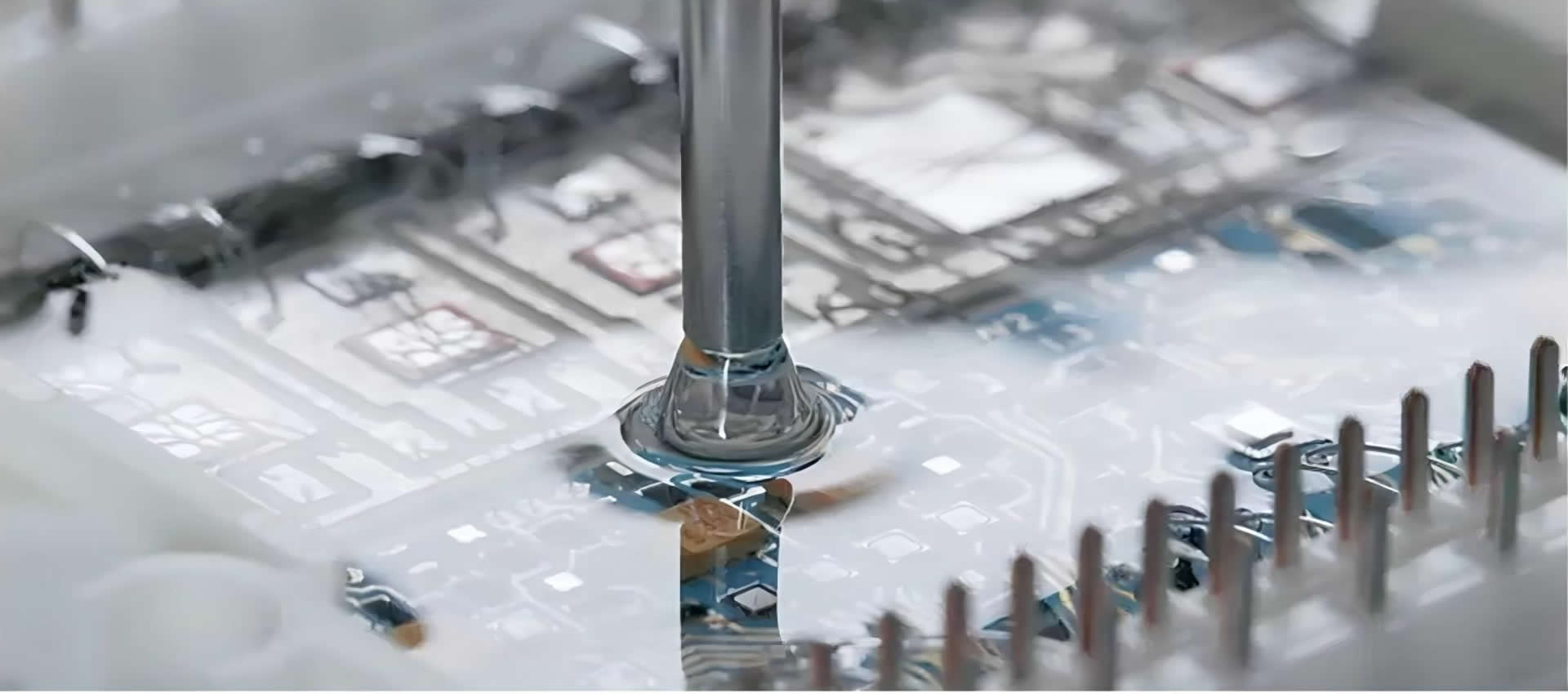
Vinyl Terminated Silicone Fluid factory

Vinyl Terminated Silicone Fluid
Everything you need to know about our products and company
How Vinyl Terminated Silicone Fluid Distinguishes Itself in Industrial Applications
Silicone fluids are indispensable in modern industries, but not all are created equal. Among them, vinyl-terminated silicone fluid (VTMSF) stands out due to its unique chemical structure and functional versatility. This article explores how VTMSF diverges from other silicone fluids, such as dimethyl, phenyl, or polyether variants, and why it has become a preferred choice in high-performance applications.
The defining feature of VTMSF lies in its vinyl-terminated polydimethylsiloxane (PDMS) backbone. Unlike dimethyl silicone fluids, which lack reactive groups, VTMSF’s terminal vinyl groups (-CH=CH₂) enable participation in radical polymerization reactions during curing . This property makes it a critical component in addition-curing silicone rubbers (e.g., LSR and RTV-2K), where the vinyl groups react with crosslinkers like hydrogenated siloxanes in the presence of platinum catalysts .
In contrast, methyl silicone fluids (e.g., PDMS without functional groups) remain inert and are limited to applications requiring lubrication or thermal stability but not chemical reactivity . Similarly, phenyl-substituted silicone fluids prioritize high-temperature resistance but sacrifice the crosslinking capabilities essential for structural applications .
VTMSF’s reactivity unlocks superior performance in demanding environments:
For example, in self-adhesive silicone rubber for nylon substrates, VTMSF’s vinyl groups react with platinum catalysts and hydrogen donors to form robust adhesion interfaces, eliminating the need for surface treatments .
VTMSF’s biocompatibility and hypoallergenic properties make it suitable for medical tubing, implant coatings, and surgical tools. Unlike fluorosilicone fluids, which prioritize chemical inertness but face regulatory scrutiny, VTMSF meets stringent safety standards while maintaining flexibility .
In liquid silicone rubber (LSR) for engine gaskets or electrical insulators, VTMSF ensures durability under thermal cycling. Its ability to integrate with additives (e.g., UV stabilizers) further enhances reliability in harsh conditions .
From cosmetic primers to textile coatings, VTMSF’s compatibility with organic compounds enables applications where aesthetics and functionality must coexist. For instance, it acts as a carrier in anti-aging creams, providing a silky texture without clogging pores .
| Property | Vinyl-Terminated | Dimethyl | Phenyl-Substituted | Polyether-Modified |
|---|---|---|---|---|
| Reactivity | High (radical curing) | Low | Moderate | Low |
| Thermal Stability | Up to 300°C | Up to 200°C | Up to 250°C | Up to 150°C |
| Adhesion Capability | Excellent | Poor | Moderate | Poor |
| Common Uses | LSR, medical seals | Lubricants, coolants | High-temp insulation | Textile softeners |
This table highlights VTMSF’s dominance in applications requiring both reactivity and durability.
Leading manufacturers like Biyuan have refined VTMSF production to deliver unparalleled quality:
For industries prioritizing innovation and compliance, Biyuan’s VTMSF redefines performance benchmarks.
Conclusion
Vinyl-terminated silicone fluid’s unique blend of reactivity, stability, and adaptability positions it as a cornerstone material in advanced engineering. Whether enhancing medical device safety or enabling next-gen electronics, VTMSF’s capabilities far surpass those of conventional silicone fluids. Brands like Biyuan continue to drive this evolution, proving that even the smallest molecular adjustments can revolutionize industrial outcomes.
For specialized applications, consult Biyuan’s technical team to tailor VTMSF solutions to your operational needs.
Our most popular products loved by customers worldwide
Vinyl termified silicone fluids represent a specialized class of medical-grade materials engineered for advanced healthcare applications. These reactive fluids feature terminal vinyl groups that enable precise molecular customization and controlled crosslinking capabilities, making them ideal for developing implantable devices, drug delivery systems, and d.
Vinyl silicone fluid is revolutionizing cosmetic and personal care formulations through its unique reactive properties and sensory enhancement capabilities. This functional silicone material features terminal vinyl groups that enable customizable cross-linking while maintaining the characteristic smoothness of silicone-based ingredients. Vinyl sili.
Vinyl silicone fluid, as a core functional silicone product, demonstrates exceptional versatility and reliability in the industrial additives sector. Its unique molecular structure combines the flexibility of a siloxane backbone with the reactivity of terminal vinyl groups, delivering customized solutions for various industrial applications. In polymer .
Vinyl terminated fluid is emerging as a transformative additive in textile and leather manufacturing, offering a unique combination of processing enhancement and performance optimization. This reactive silicone fluid leverages its terminal vinyl groups to create durable molecular bridges with fibers and leather substrates, delivering lasting functional ben.